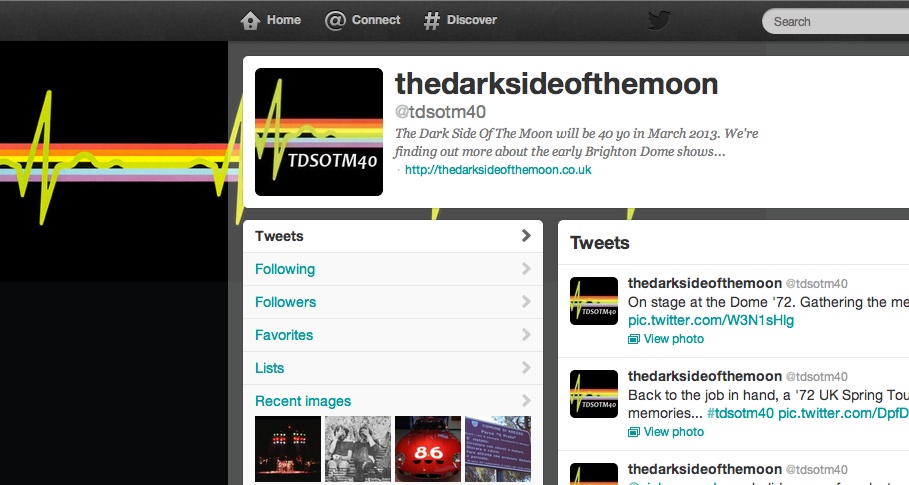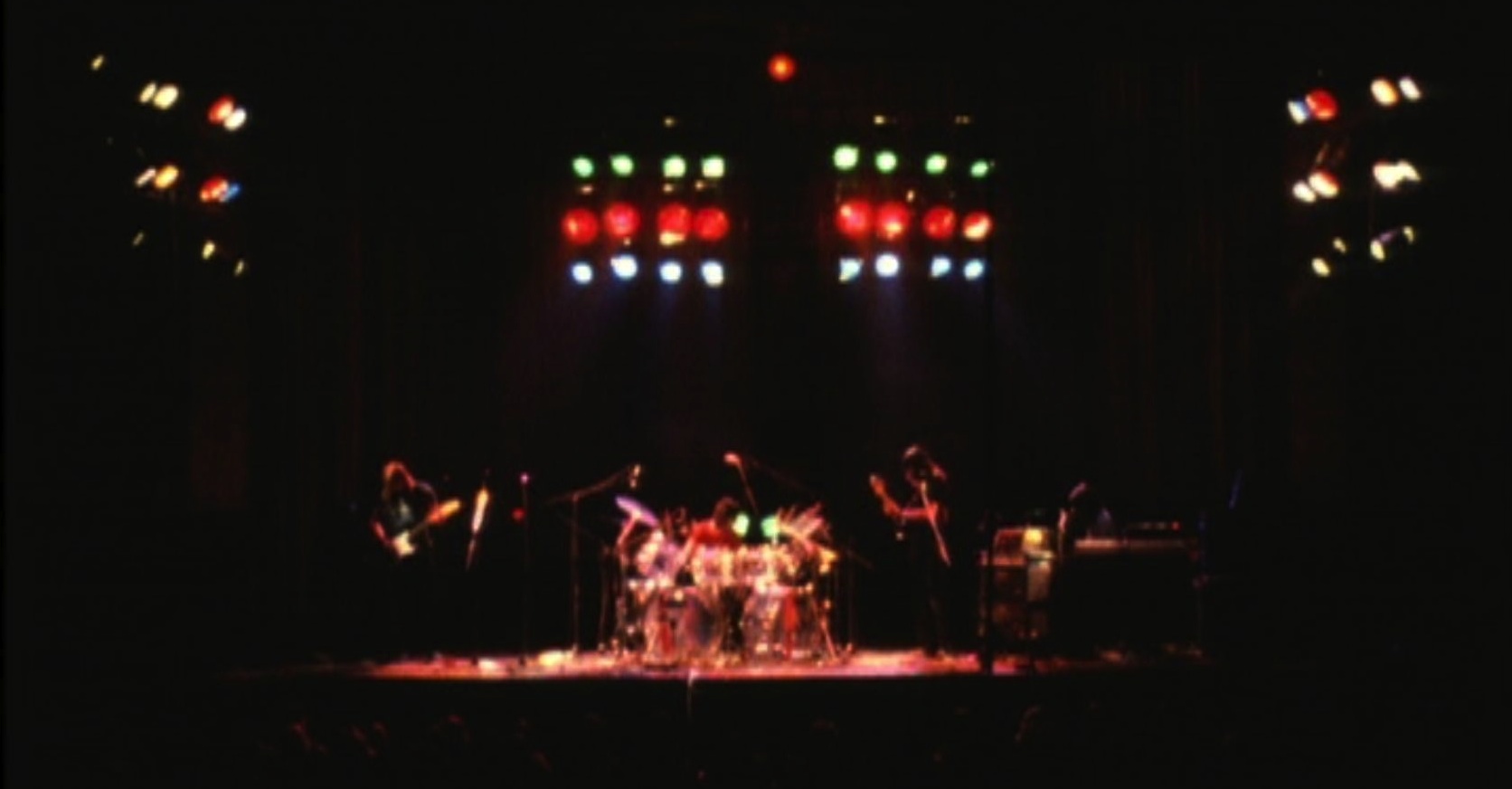40 years ago today… The now infamous voices were added to the final mix of the album, this week, from 22nd January 1973.
Up to December 1972, Dark Side had progressed to a near final state, in clear phases of development: as a pretty tight musical set from a year on the road along with visits to Abbey Road to lay down the bulk of the material. Abbey Road Studio 3 was booked intermittently through January ’73 with the band needing to agree the final mix – but there was something missing, with one of the last additions being the voices and laughter.
Essential Colour
A last minute addition to the album, the voices were recorded during informal interviews, as responses to questions written on cue cards shown to any and all individuals present in Abbey Road at the time, while the band were finishing mix.
Roger Waters had been flying fishing with Adrian Maben earlier that January in ’73, and suggested Adrian visit the band at Abbey Road in order to record extra footage, to extend the Live At Pompeii film. He recorded footage of the band playing in Studio 3 – staged footage, as the instruments and music tracks had been taped by then, though it is possible the scenes of Roger working at the VCS3 are ‘real working shots’ – and talking in the canteen. Adrian wanted to show the creative process, the band’s humour, and interplay between band members, including the banter sparking off each other:
“Are you happy with the filming?” Maben
“What do you mean, happy?” Waters
“Well, do you think it’s interesting?” Maben
“What do you mean, interesting?” Waters
—Roger Waters, being interviewed by Adrian Maben.
The conversation goes on to range from Nick Mason’s preference for “apple pie without the crust” to the ‘nationality of oysters’, in some of the most intimate footage ever of the band. Interestingly some of Adrian’s questions focus on the potential tension and problems of being in a band – given their perceived longevity having been together for 5 years. It was questioning that was to be mirrored in Water’s cue cards days later.
The questioning process, and obviously stilted responses, are likely to have been a trigger for a ‘better way’ to solicit responses. Roger was after ‘spontaneous’ words and phrases to add a natural human touch to the record. The voices were initially planned as bridges or segues between the songs, later becoming a vital touching layer above the music.
“They provided essential colour for the record” Roger Waters (2003)
Anyone and everyone present in Abbey Road that day were asked: band crew, roadies, studio staff. Wings led by Paul McCartney were using Studio 2 to put finishing touches to Red Rose Speedway (having recorded the tracks in the previous October): Paul and Linda McCartney were both interviewed, but their responses were deemed too polished and were not chosen, though famously their recently joined guitarist Henry McCullough’s (I don’t know I was really drunk at the time” did make it in. Who was asked helps date the questions – we can’t be sure of date but it was likely after the middle Sunday, otherwise Clare Torry would probably have been asked; I’m uncertain if Chris Thomas was.
Roger’s description of the question cards
This is the handwritten explanation by Roger Waters, from the Immersion set, 2011:
“People often ask me about the voices on Dark Side. I was trying to gather audio snippets to mix into segues on Dark Side. Rather than interviewing people I came up with the idea of writing a series of questions on cards. The cards would be in a stack on a conductors stand in front of a mike. We would scour Abbey Road Studios for willing guinea pigs, bring them to the studio, sit them down, roll tape and then ask them to respond to each card in order.
As I recall the first card was something irrelevant and innocuous, like “What’s your favourite colour?” and the last was the more enigmatic “What do you think of The Dark Side Of The Moon?”
I can’t remember the ones in between, except for:
Are you afraid of dying?
When were you last violent?
Were you in the right?
Do you ever think you’re going mad?
If so why?
End of Story.”
The Original questions
There were about 10 to 15 questions on cards, including:
- “What’s your favourite colour?” (to ease the interviewee in)
- “Why do rock and roll bands split up?”
- “When was last time you thumped someone?”
- “Why did you do it?”
- “Did you think you were in the right?”
- “Do you still you you were in the right?”
- “Are you frightened of dying?”
- “Why are you frightened of dying” (the likely prompt to Puddie Watt’s “I never said I was frightened of dying”)
- “Do you ever think about the dark side of the moon?”
- “Do you think you’re going mad?”
- “If so, why?”
- “What do you think of The Dark Side Of The Moon?”
The questions reflected the themes in the music: life, travel, time, death, religion, money violence, and madness – with violence and death tending to produce the ‘best’ responses. The last to be interviewed was Roger “The Hat” Manifold, a roadie with the band. By the end of the sessions the cards themselves had been lost, so Roger Waters asked the questions himself without cards, while David Gilmour recorded from the control room.
The Question Cards 2013 – DS40
The voices were to add a reality that touches the listener, complementing the music and haunting, along with the theme of madness on the final mix. We then wondered what the questions might be 40 years on… in 2013 with “Speak To Me” DS40.



